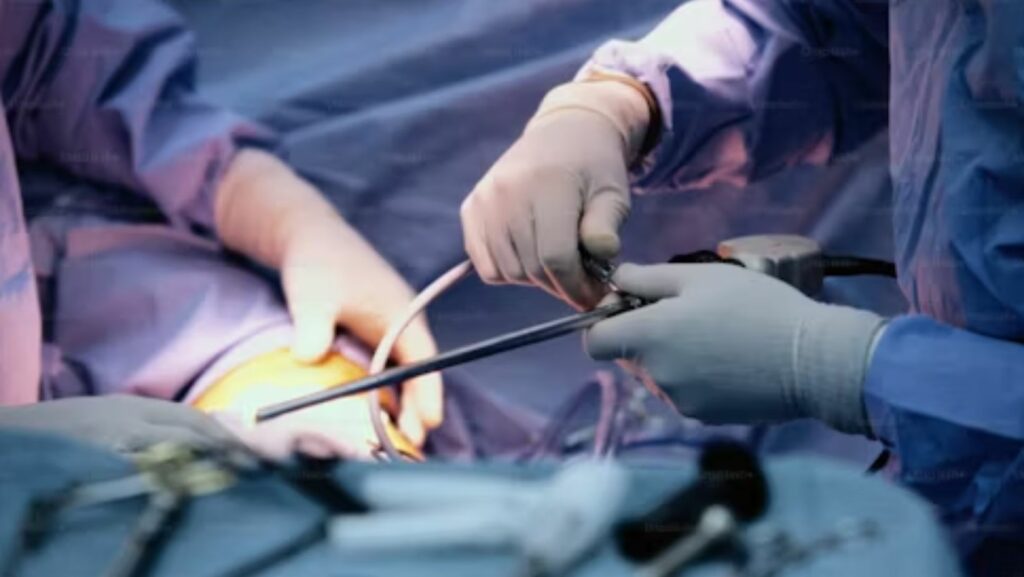
Excessive body fat, whether labeled as overweight or obese, poses significant health risks. Heart diseases, diabetes, cancer, and hypertension are among the medical conditions associated with carrying excess weight. Despite efforts like dieting, exercise, or medication, some struggle to achieve lasting weight loss. Opting for duodenal switch surgery stands as one of the most transformative solutions with the ability to enhance quality of life and long-term wellbeing. However, many are confused about the process and the time the entire surgery can take from operation to recovery. This guide lays out what exactly a duodenal switch is, who’s eligible, and why people might want to consider this as a solution for extreme weight loss.
The Duodenal Switch Procedure—What Is It and How Long Does It Take?
The duodenal switch procedure, utilized for over two decades, has gained increased prevalence in recent years. It boasts the highest potential for shedding excess weight among all available weight-loss operations. This surgical intervention entails both gastrectomy, involving the removal of a portion of the stomach, and intestinal bypass, thereby shortening the route food travels through the intestines.
Consequently, the duodenal switch surgery limits stomach capacity and decreases nutrient absorption in the small intestine, rendering it a “malabsorptive” approach. Moreover, it diminishes the production of hunger hormones typically generated by the stomach and small intestine.
Traditional duodenal switch procedure requires a significant incision spanning the abdomen. However, advancements have enabled laparoscopic techniques for duodenal switch surgery. These minimally invasive procedures entail smaller incisions, consequently accelerating recovery times. In the conventional approach, the intestine is divided at the duodenum and reattached at two distinct sites.
● Conversely, the modified (loop) duodenal switch surgery splits at the duodenum but necessitates only one reattachment.
● The modified loop technique bypasses a smaller portion of the small intestine, potentially mitigating side effects.
Physicians might suggest biliopancreatic diversion with duodenal switch (BPD/DS) under two conditions:
● If an individual experiences morbid obesity and a body mass index of 50 or higher.
● If BMI ranges from 35 to 40 or higher, coupled with diagnosed type 2 diabetes and other obesity-related health issues like sleep apnea, non-alcoholic fatty liver disease, heart disease, hypertension, respiratory conditions, or elevated cholesterol levels.
The Duration of Complete Duodenal Surgical Procedure
The biliopancreatic diversion with duodenal switch entails a combination of malabsorptive and restrictive techniques for weight loss surgery. This approach decreases food intake by reducing stomach size and limits calorie absorption by shortening the intestine’s contact with consumed food.

Surgery particulars vary based on patient needs and the hospital’s surgical protocols.
While typically performed as a single procedure, in specific cases, particularly with severely obese patients, it may be split into two stages: sleeve gastrectomy initially, followed by small intestine bypass once significant weight loss is observed, typically around 12 to 18 months post the initial operation.
What Patients Can Expect
The duodenal switch procedure operates by initiating a sleeve gastrectomy to enforce restriction and manage hunger. Subsequently, the intestines undergo rerouting akin to gastric bypass surgery. The critical parameter monitored in duodenal switch surgery is the standard channel length, which varies among patients.
Adequate vitamin supplementation is crucial, and patients may experience a slight increase in bowel movements. The surgery typically lasts around an hour and a half, with patients undergoing a recovery process similar to other bariatric procedures. Food enters the sleeve and is retained by the pylorus, akin to a sleeve, thereby preventing dumping syndrome.
The benefits of duodenal switch surgery are numerous. Let’s explore them all!
● Individuals opting for the Duodenal Switch procedure typically shed most of their excess weight rapidly, with substantial weight loss occurring within the initial year post-surgery.

● Long-term maintenance of a healthier weight is more achievable for Duodenal Switch patients, leading to significant enhancements in overall health and a more comprehensive resolution of obesity-related conditions.
● The post-Duodenal Switch diet is generally well-tolerated and considered closer to normal than other bariatric procedures.
● Additionally, since the pyloric valve remains intact between the stomach and small intestine, patients undergoing this procedure are spared from experiencing “dumping syndrome,” a phenomenon where food passes too swiftly from the stomach into the initial segment of the small intestine.
Conclusion
The Duodenal switch surgery represents a sophisticated approach to weight loss. Its primary aim is addressing severe obesity alongside obesity-related ailments like type 2 diabetes. Following the procedure, spending several days recuperating in the hospital and a few weeks of recovery at home is typical before feeling prepared to resume work. Depending on circumstances, returning to work and daily routines may be feasible within two to four weeks, although complete recovery might extend up to six weeks.











